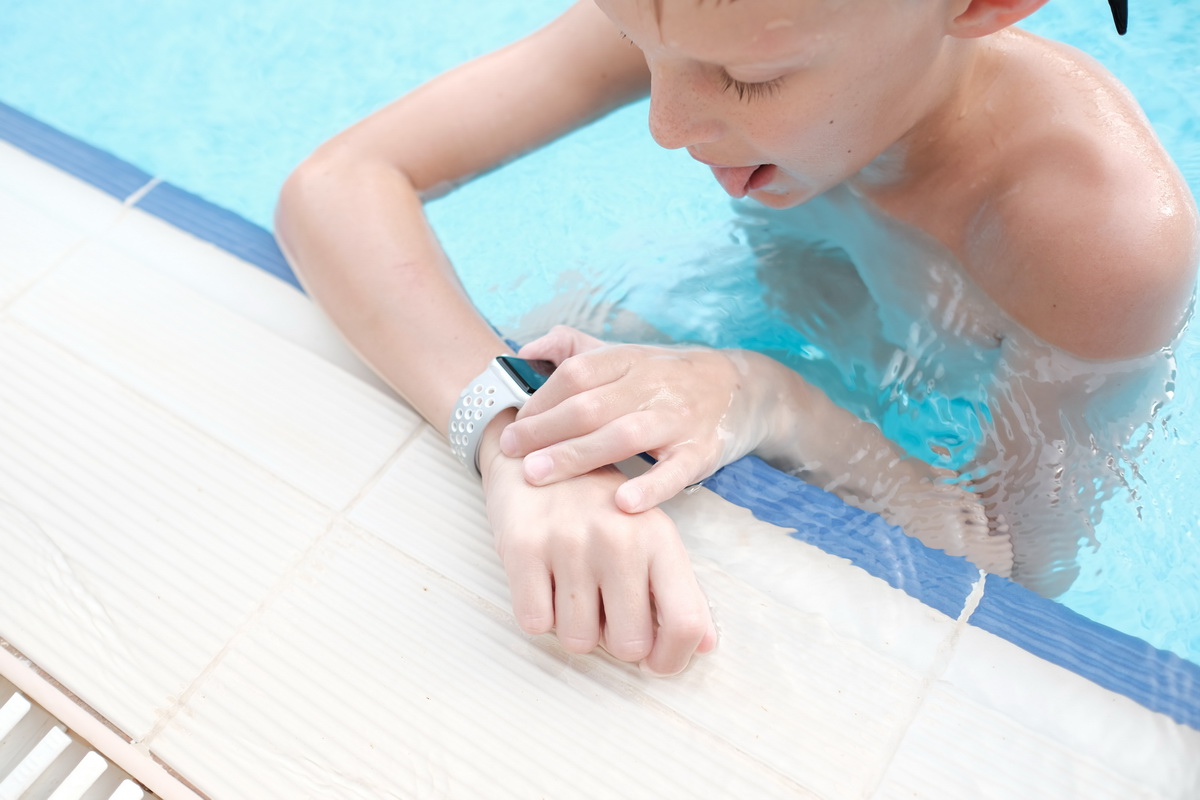When you start swimming your first laps, a common reflex is to simply look up at the pool-side clock at the start and end of your swim or to add up the number of times you have touched the end of one side of the pool to track your swimming progress. Whilst these are common and potentially helpful ways of keeping track of your overall swimming performance in terms of total time and distance, these methods give little information about the specific aspects of your swimming which may be holding you back.
Three best ways to track your swimming progress
Swimming requires an even balance of strength and endurance as well as good technique to help you channel your effort most efficiently. To better track your swimming progress and incorporate these metrics into your training in a meaningful way, you will need to account for all aspects of your performance:
Track your swimming progress with lap splits
Keeping track of your lap splits can be a great way of monitoring your speed to cardio performance.
A lap split measures how much time it takes you to swim a particular distance, this may be one length of the pool, or two depending on your circumstances. Recording how much time it takes you to complete each lap as you swim back and forth across the pool therefore lets you track how your speed varies with time as well as the total time you swim for. This is a useful metric for both beginners who are hoping to become more consistent swimmers and competitive athletes training to improve their race times.
Competitive swimmers may wish to calibrate their lap splits to their race strategy depending on the distance and stroke they are using. For beginners, tracking lap splits can help improve the consistency of your swimming as you should aim for more even split times which you can then work on reducing as you become a faster swimmer. Becoming a better swimmer is not only about completing one lap in the shortest time possible.
If you notice an upward trend in your split times as you swim for longer, this may be a good indication that you might need to focus your training on strengthening your endurance, perhaps with some additional cardio or breath training. On the other hand, if your split times appear to have an equal spread but over large lap times, then you may wish to review how your technique could help you generate greater speed.
Split times can be recorded manually with a stopwatch by recording every time you reach your set distance (usually the end of one pool); or you may use a smartwatch with an automatic tracker to track your swimming progress.
Stroke count
Swimmers may often be struggling to swim faster and longer despite hours of training because they are not fully optimising their strokes.
Efficiency is key to a sport like swimming which relies on you getting from point A to point B and preferably so in the shortest time possible. Much like cars are persistently being built to run for longer distances on less fuel, optimising the number of strokes you need to cover a particular distance is key to helping you progress in whichever kind of stroke you are swimming.
Counting your strokes is therefore a great way to track your swimming progress efficiency. Reducing the number of strokes can help you save up energy and swim for longer times. If you notice yourself getting tired quickly, tracking your stroke count may help identify problems in your technique. Similarly, you may consider additional strength training to increase the power in your stroke as to help you glide for longer in between strokes.
Heart rate
As with most endurance sports, keeping track of your heart rate is a faultless measure of your general fitness and performance. Monitoring your heart rate can guide you towards becoming a more consistent swimmer by helping you manage your effort levels.
Beginners may often worry about their fitness not being good enough to start learning how to swim but, luckily, such concerns need not hold you back from signing up to your first swimming lesson. If your fitness is not as top as it could be, you will be gradually improving your cardiovascular strength and endurance with every lap that you complete.
Tracking your heart rate at your most comfortable pace can help set a lower boundary for your aerobic performance and provide a good metric to track your swimming progress cardio level. This can be similarly compared with your maximum heart rate whenever you swim to your maximum capacity which then allows you to monitor your effort levels throughout your swim.
Are you regularly tracking your progress but seem to have reached a plateau? Or perhaps you have tracked your stroke count but are not sure about which steps to take towards optimising it?
A private swimming instructor can help you interpret all these numbers and figures and turn them into a meaningful training plan. Private swimming lessons are a great opportunity to get one-to-one advice from a trained professional to find out what you should be focusing on in your swimming training. Going Swimmingly London offers private swimming lessons for both children and adults of any level who are hoping to learn and improve their swimming from the comfort of their neighbourhood.
Get in touch with Going Swimmingly London to book a private swimming lesson and find out how you could improve your lap splits or perhaps how you might start incorporating them into your training to help you become an overall better swimmer.

